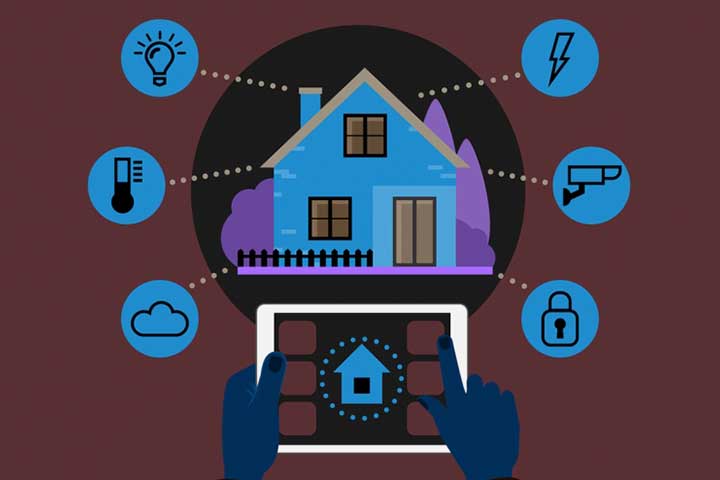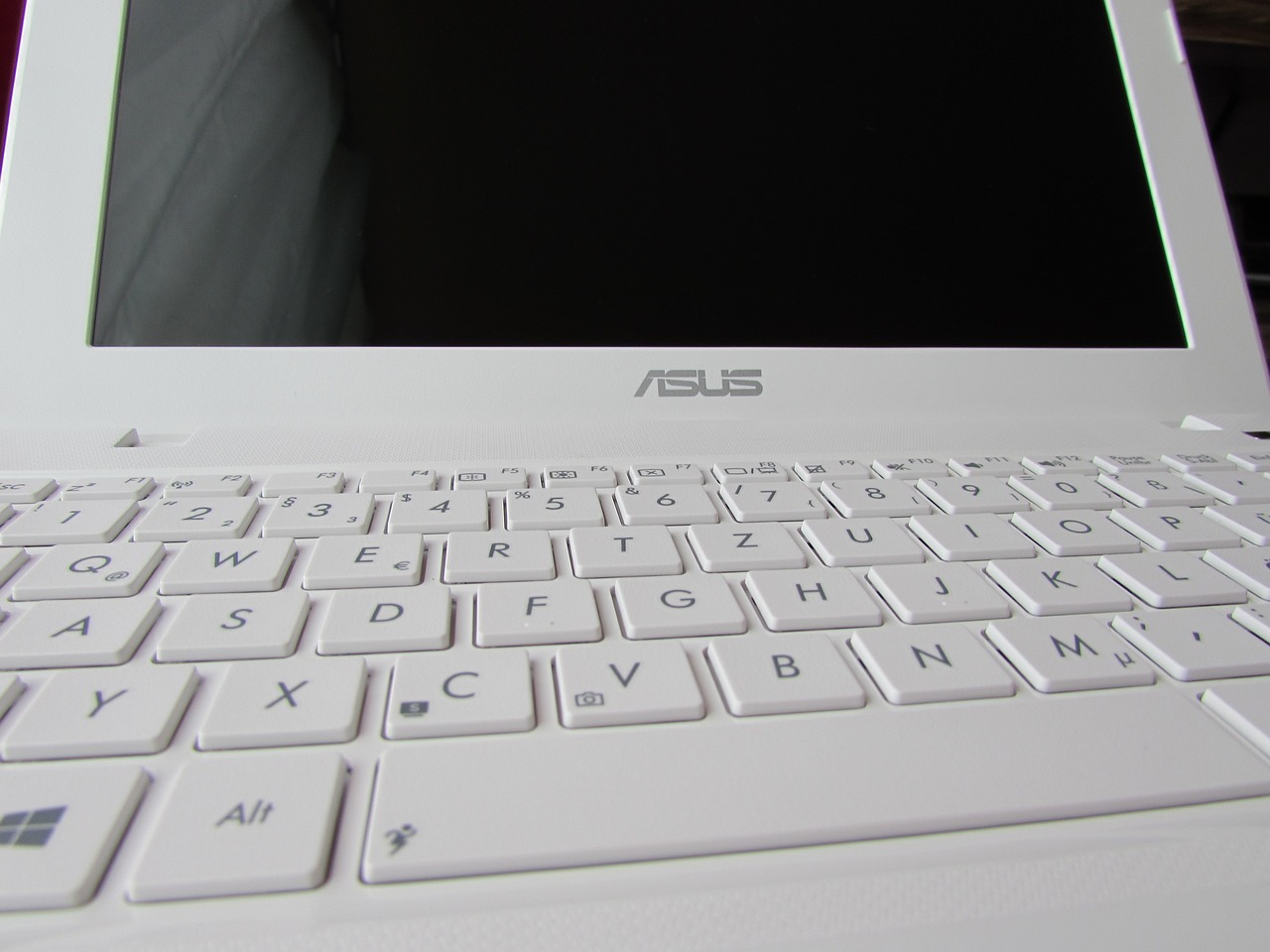Eco-friendly Homes And Smart Technology: What Tenants Are Looking For
In 1965, the first UK Building Regulations were enacted to regulate construction in the UK, setting out the regulation’s requirements for building design and construction. Regulation 26 states that, “Where a building is erected, it shall not exceed the target C02 rate for the building …” and Part L of these Regulations pertains to the conservation of fuel power in new build properties.
By 2025, the government wants to have in place new legislation to compel house construction to be more energy efficient. Greater awareness in recent years of climate change severity – such as the 2021 IPCC “Code Red” report – has significantly shifted tenants’ perspectives as many are now looking for more energy efficient homes to rent, as well as smart technology to help achieve sustainable living standards.
So, it’s not just the government that is pushing for real change; it’s also renters who are demanding more from designers and builders. Particularly with younger renters, smart technology is becoming seen to manage property and energy consumption more efficiently.
Housebuilders will have to respond to changing legislation and renter demand for more energy efficient homes. Part of this response is around building “smart homes” that are easily controlled through smart phones applications.
Table of Contents
Regulations in Part L
The crux of Part L Regulations is directed towards energy efficiency, with the requirement that new build properties be better insulated and more airtight. To achieve this goal of improved energy and heat retention, new homes need better design for areas where energy can escape, like windows and doors. Better ventilation and insulation are also necessary.
However, it’s not just about providing tenants with the technology tools to achieve better efficiency. Housebuilders will also need to educate renters and homeowners on how to fully utilise this technology to keep a constant temperature in the home and save energy and money. This also means that improved ventilation and air flow around the property are needed and easily managed -something that will also help mitigate the nuisance of condensation and adverse health effects.
The new regulations will also have another significant impact on the type of energy homes will be powered by a transition away from primary energy sources, such as gas, to secondary energy sources, like electricity. Given the recent issues concerning gas prices and availability, such as with numerous small energy companies going out of business, this transition away from an energy source like gas seems even more urgent.
Also Read: 6 Ways To Use Technology To Manage Your Home
Heat Pumps
New houses will likely have more heat pumps as part of their design, which are growing in popularity and shown to be energy efficient and thus more eco-friendly. This is a renewable energy technology that entails placing a device outside the property – essentially a large box – that can absorb heat from the environment (such as from the soil in the garden) to be used in the home. Heat pumps achieve this by using a comparatively small amount of electricity but can return a 200-600% efficiency rate, since more energy comes out than goes in.
According to Jamie Johnson, CEO of FJP Investment, “In recent years, heat pumps have become more popular in the UK, partly explained by their cost and efficiency rate. They’re proving an effective alternative to burning exhaustible fossil fuels by reducing utility bills, and even providing the potential to make the homeowner money through the Renewable Heat Incentive (RHI) scheme introduced by the UK government. This scheme—intended to help mitigate climate change – was introduced to encourage private households and businesses to install renewable energy technologies for heating purposes, through the incentive of financial support. ”
Air source heat pumps will probably become the pump of choice, and by 2050 – the Net Zero target deadline – it is expected that at least 19 million heat pumps will have been installed in new homes in the UK, according to a survey conducted by the Heat Pump Association. The trend is now set to exponentially accelerate, as demand grows, with a doubling expected over the next 12 months.
Heat pumps will help transition away from gas usage as the International Energy Agency, in a recent special report, has stated that gas boilers should not be sold after 2025. https://www.iea.org/reports/net-zero-by-2050
Challenges and know-how
It is clear that new technologies are a perquisite for these future standards to be realised. However, there are numerous challenges that will have to be overcome to make this all happen.
There is a shortfall of engineers, for example, with the relevant knowledge. Compounding this lack of know-how, there is not enough supply of these energy devices like air source heat pumps, a supply chain issue that is added to the numerous other current supply chain issues relating to technology, such as semiconductors.
Designers, builders, and many others will have to work together in coming up with answers to how they will fit into the design of the house. This is not static, but something that will have to change based on the location of the property, the type of house, the development, and local authorities.
Another challenge is the cost implications. Building smart homes that are equipped with all the necessary techno gadgets to manage them can add about £8,000 to the average cost of new builds. Of course, after the initial added cost of buying a new built smart home, the energy efficiency and savings will more than compensate in the long-term.
Also Read: Affordable Home Decor Options for Christmas on Amazon




